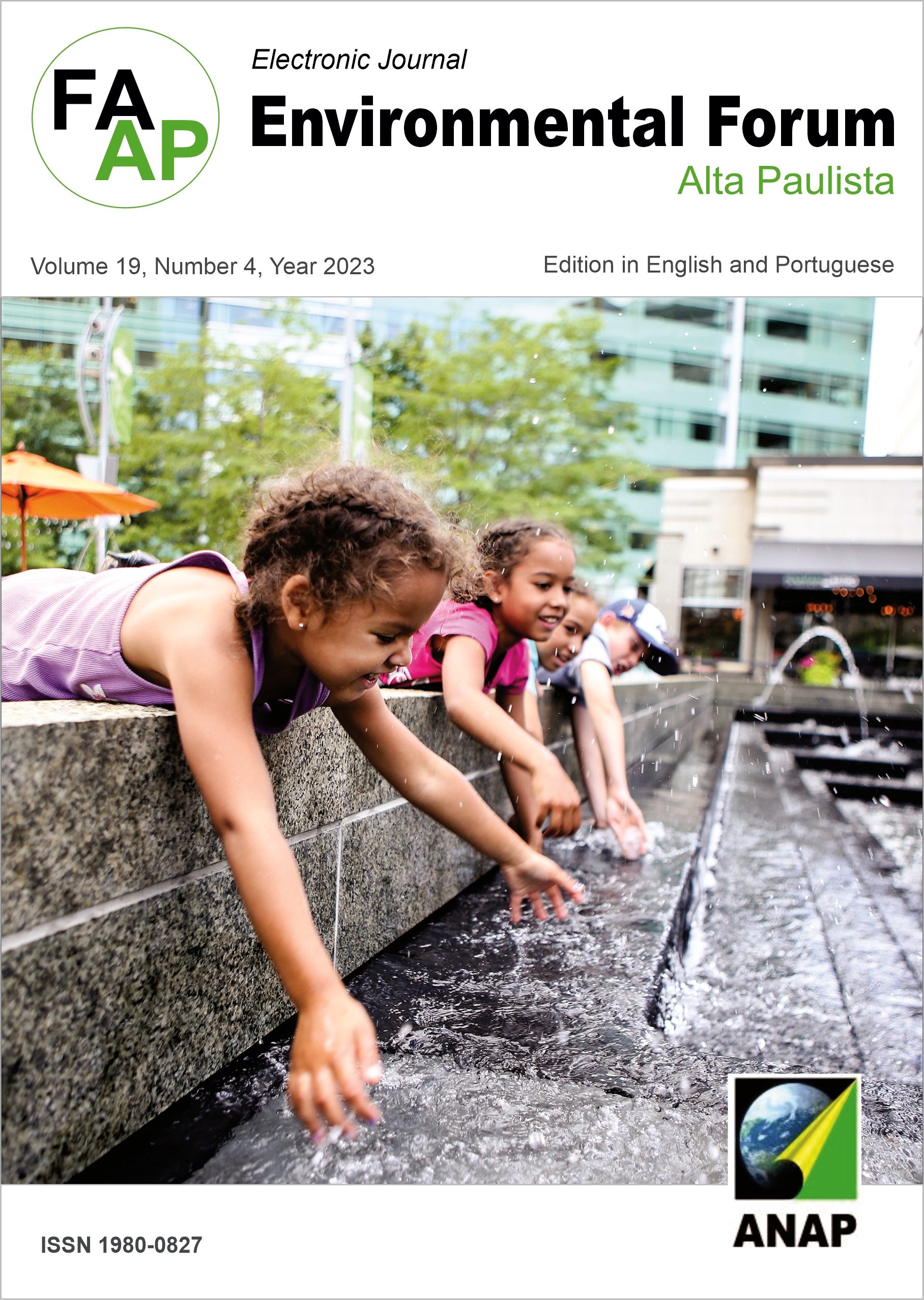A Análise da formação das ilhas de calor sob a perspectiva de diferentes materiais de pavimentação
DOI:
https://doi.org/10.17271/1980082719420233622Palavras-chave:
Análise térmica, Conforto térmico, Temperatura de superfície, Temperatura relativaResumo
Uma das principais causas do fenômeno das ilhas de calor é a alta absorção térmica dos materiais de superfície e sua capacidade de retenção de calor. Visando contribuir para o estudo dos materiais que auxiliam na minimização do calor gerado, o objetivo foi realizar uma análise de temperatura e sua relação na formação de ilhas de calor entre quatro materiais de pavimentação utilizados na cidade de Maringá/PR: manta asfáltica, pavimento cimentício intertravado, piso drenante e piso emborrachado de resíduos. O adensamento e a morfologia urbana têm influências no estudo do comportamento físico dos materiais, por isso foram escolhidos quatro locais em sol pleno e sombra, em diferentes áreas de uso e ocupação do solo. A avaliação foi efetuada utilizando dados da Estação Meteorológica de Maringá, dados de temperatura coletados em campo, no período de inverno, utilizando equipamentos de transectos móveis. Os dados coletados apontam que a manta asfáltica agrega uma quantidade maior de calor, em contrapartida os materiais permeáveis, dissipam menos calor para a atmosfera principalmente após as chuvas. Nos dias seguintes as precipitações os matérias impermeáveis, aumentam a temperatura de superfície e a temperatura relativa do ar exponencialmente, assim que escoada toda a água, já os materiais permeáveis, devido a presença da água, aumentam a temperatura de superfície e temperatura relativa gradualmente conforme os dias sem chuvas vão se prolongando, mostrando que a permeabilidade do solo e a quantidade de cobertura vegetal são fatores cruciais para a mitigação de calor concentrado nos centros urbanos.
Downloads
Referências
Downloads
Publicado
Edição
Seção
Licença
Direitos autorais (c) 2023 Periódico Eletrônico Fórum Ambiental da Alta Paulista

Este trabalho está licenciado sob uma licença Creative Commons Attribution-NonCommercial-ShareAlike 4.0 International License.













